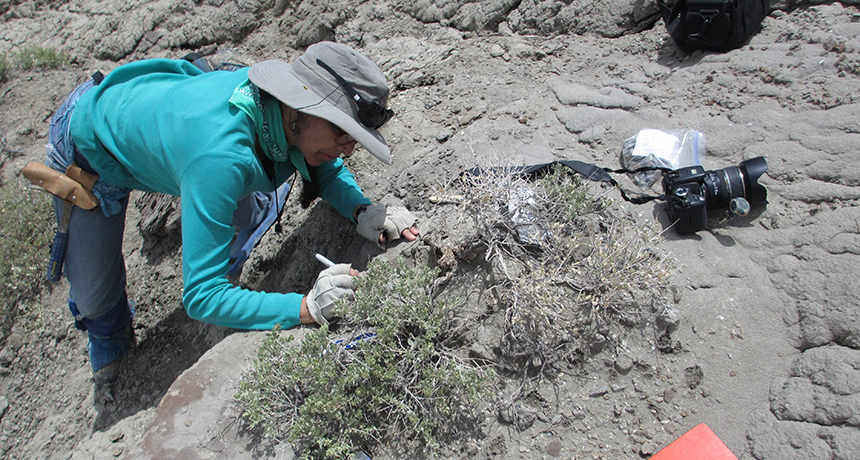Summary: Questions for ‘Cool Jobs: Poop investigators’

Karen Chin studies fossilized feces to learn what dinosaurs ate and how they interacted with their environment.
K. Chin

Karen Chin studies fossilized feces to learn what dinosaurs ate and how they interacted with their environment.
K. Chin